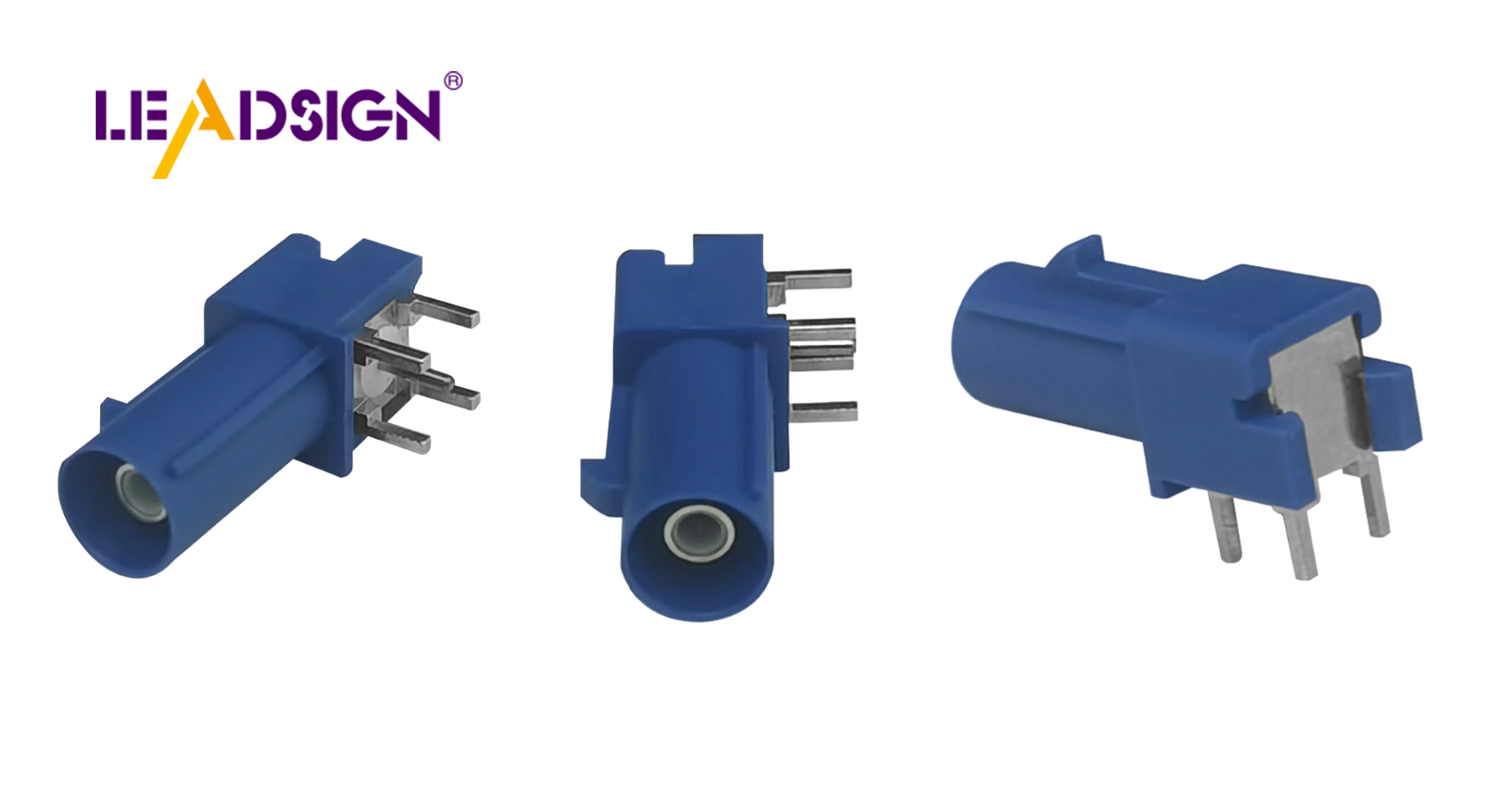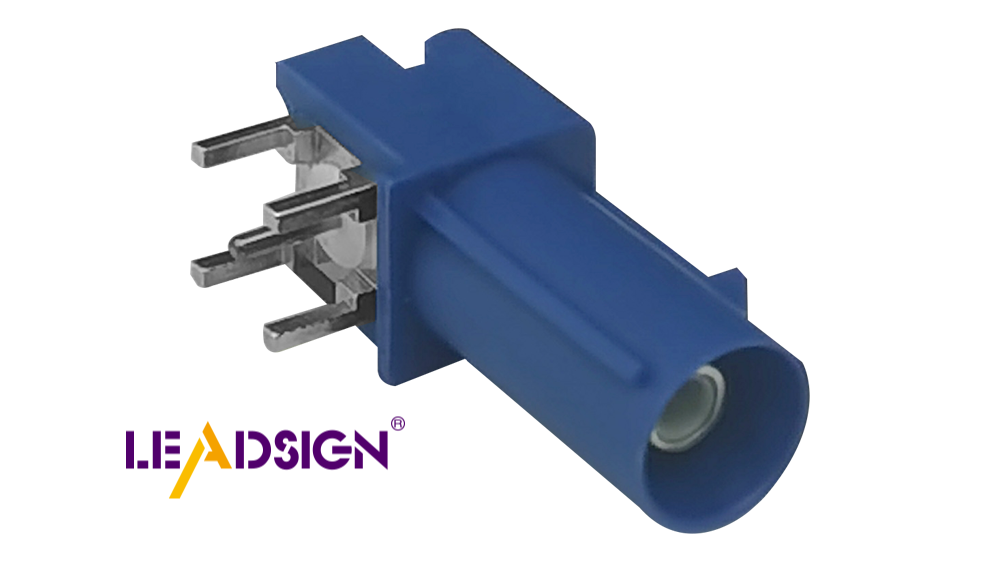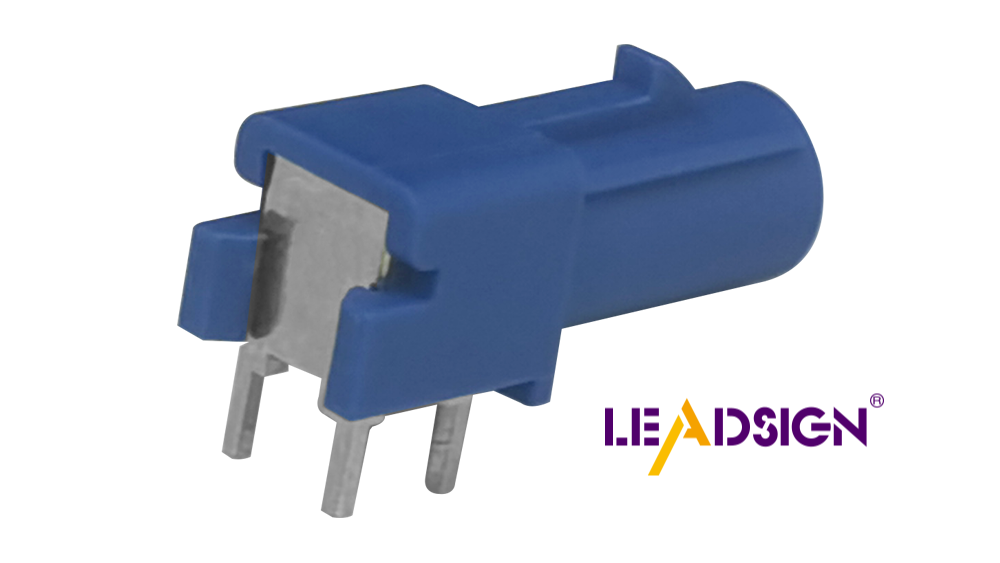Understanding Automotive Wiring Connector Types

Automotive electrical connectors types play a crucial role in modern vehicles. They ensure seamless connections between components, allowing everything to function smoothly. These connectors safeguard the car's electrical systems, maintaining their safety and efficiency. There are various types of automotive electrical connectors, each designed for a specific purpose. Some provide power to essential components, while others facilitate communication between parts. Understanding these connectors is key to keeping vehicles running efficiently and safely.
Overview of Automotive Wiring Connectors
Definition and Purpose
What are Wiring Connectors?
Wiring connectors are key parts in car systems. They link circuits, letting electricity flow between parts. These connectors have different shapes and sizes for specific uses. They make sure power and signals go where needed without stopping.
Importance in Automotive Systems
In cars, wiring connectors are very important. They keep electrical connections strong, which is crucial for safety and working well. Without good connectors, systems might fail, causing problems or accidents. Connectors also make building and fixing cars easier by allowing quick disconnections.
Basic Components of Connectors
Housing
The housing is the connector's protective cover. It keeps inside parts safe from things like water, dirt, and heat. Made from strong stuff like plastic or metal, it helps the connector last long. It also fits tightly to stop accidental unplugging.
Terminals
Terminals come in different types to fit various connections.
Seals
Seals protect connectors from outside dirt and water. They stop harmful stuff from getting inside and causing harm. Seals are vital in cars because they face tough conditions often. By sealing tight, they help keep the whole system working well.
Types of Automotive Wiring Connectors

Car wiring connectors do different jobs. Each type of automotive wiring connectors has special uses and features. Knowing these helps pick the right one for cars.
Blade Connectors
Uses and Features
Blade connectors are also called spade connectors. They link wires to parts like switches. Their flat shape makes them easy to fit in slots. They come in sizes for different wire thicknesses. Blade connectors give a strong connection for good electricity flow.
Good and Bad Points
Blade connectors have many good points. They are simple to put in and take out, great for quick fixes. Their design keeps connections steady, lowering disconnection risks. But they can get loose from shaking, causing problems. Checking them often is important.
Pin Connectors
Uses and Features
Pin connectors are common too. They have round pins that go into sockets. Used in engine controls and sensors, they connect many wires neatly together.
Good and Bad Points
Pin connectors are very reliable. Their design stops accidental unplugs. They fit many wires in small spaces, perfect for complex systems. But lining them up right is hard, which can cause bad connections or harm.
Crimp Connectors
Uses and Features
Crimp connectors join wires by squeezing a metal piece around them, making a strong bond without soldering.
Good and Bad Points
Crimp connectors last long against shakes and weather changes, keeping things working well over time. The crimping is fast but needs the right tools to avoid weak links.
Multi-pin Sealed Connectors
Uses and Features
Multi-pin sealed connectors are important in cars. They join many wires safely, working well in tough places. These connectors are used where dependability is needed, like engine controls and driver-help systems. They have many pins inside a sealed cover to keep out water and dirt. This makes them great for car parts that face bad weather.
They are made from strong stuff like thermoplastic elastomers. This helps them handle heat and shaking, lasting a long time. The connectors also have locks to stop them from coming apart by accident, keeping the electric system safe. By staying connected well, they help cars work smoothly and safely.
Good and Bad Points
Multi-pin sealed connectors have good points. Their sealed design keeps out bad things, stopping rust and electric problems. This keeps car parts working even when it’s hard outside. They fit lots of wires in small spaces, making modern cars neat and smart. Their strong build and locks make them reliable for important jobs.
But there are some downsides too. They can be tricky to put in or fix compared to simple ones. Workers need to line them up right and lock them tight to avoid issues. Also, they might cost more because of their fancy design and materials. Still, the good things they do often make up for these problems, so they're key parts in car wiring.
Picking the Right Connector
Choosing the right car connectors is very important. It helps cars work well and last longer. This part talks about what to think about and mistakes to avoid when picking connectors.
Things to Think About
Power Needs
When picking car connectors, know the power needs. Each connector must handle certain voltage and current. For example, big power systems need strong connectors. If a connector can't handle the power, it might overheat or break. Always check if the connector fits the system's needs.
Weather Conditions
Weather affects how car connectors work. Cars face rain, dust, and heat often. Sealed connectors are good for wet places. Strong materials help in hot spots. Think about where the car goes to keep connectors working well.
Mistakes to Avoid
Forgetting Compatibility
Compatibility is key when choosing car connectors. They must fit wires and parts right. Wrong ones can cause bad connections and problems. Always make sure they match with what's already there.
Ignoring Quality Rules
Quality rules matter for reliable car connectors. Good ones meet safety standards and work well. Skipping these can cause early breaks and costly fixes. Pick those that follow known rules for lasting use.
Troubleshooting and Maintenance

Common Issues with Connectors
Car wiring connectors can have problems that affect how they work. Finding these issues early helps keep the car's electrical system working well.
Corrosion
Corrosion happens when connectors get wet or are in bad weather. It is caused by metal reacting with things like water or salt. Rusty connectors might not let electricity pass well, causing parts to stop working. Checking for rust or color changes often can stop big damage.
Loose Connections
Loose connections happen when connectors don't fit tightly. This can cause power to cut off sometimes or completely. Driving vibrations or wrong installation often make connections loose. Making sure connectors are tight during setup lowers this risk.
Maintenance Tips
Taking care of car connectors keeps them working longer and better. Following these tips helps keep them in good shape.
Regular Inspection
Checking connectors regularly is important for their health. Look for wear, rust, or damage to catch problems early. It's especially important after heavy rain or rough driving.
Proper Cleaning Techniques
Cleaning connectors right stops dirt from messing them up. Use a soft brush or air to clear dust away. For tough dirt, use a mild cleaner with a cloth. Don't use strong chemicals that could hurt the connector materials. Make sure they're dry before putting them back together to avoid water problems.
When picking connectors, think about power needs and weather. This helps choosing the best ones for the car. By focusing on these things, you can keep the car's electric system strong and lasting long.
See Also
Exploring HSD Connectors in the Auto Sector
Significance of Fakra Connectors in Contemporary Cars
Navigating Ford's Fakra Connector System

